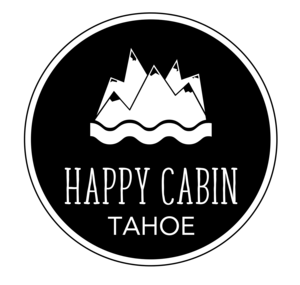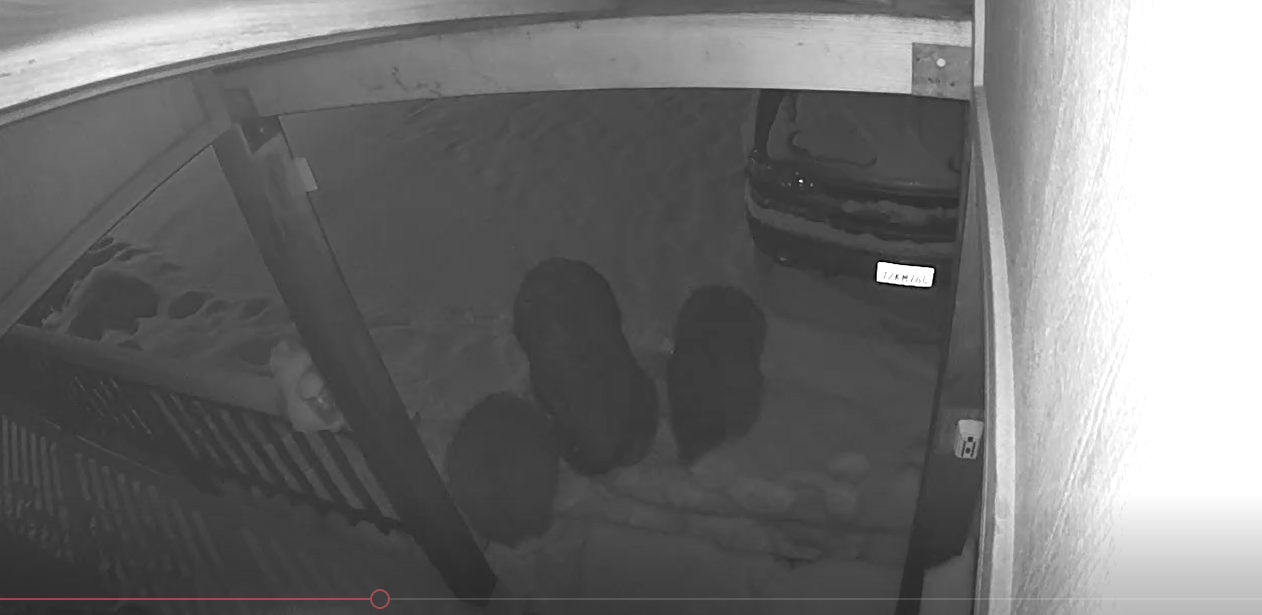Happy Cabin's Long Lost Twin
Happy Cabin’s long lost twin
A clue to the birth of Happy Cabin
In the far corner of the closet in the downstairs bedroom of Happy Cabin, there’s a hand-written note tacked to the cedar log wall. The paper is weathered, browning and curled at the edges. It seems it’s been there for a while, maybe even since the cabin was first built. The paper records something about the size and placement of logs, notes like “Palston Bundle #3 Right Corner Logs 27 - 4.” It’s a clue to the origins of Happy Cabin, who built it and how.
We’ve always assumed the cabin was built using a log cabin “kit,” which was a popular method for raising cabins in the 1960s. Our theory gained more traction when we noticed that there’s another cabin on the Old Brockway Golf Course just like ours, but painted green-and-white instead of orange-and-tan. I have lots of questions about that cabin, but I haven’t found the nerve to just knock and ask. I keep hoping I’ll just happen upon the owners to our log cabin twin one of these days when I’m taking a walk through the golf course to the beach. When I do, I’ll pick their brains. Have they noticed our cabin and wondered about it like I wonder about theirs? What do they know about the origins of their cabin? Were they built by the same builder? The same family? Around the same time? Are there others in the area? What’s the story?
Log cabins in general have a long history, starting as early as 3500 B.C. in Northern Europe during the Bronze age. Traditionally, log cabins were built a lot like they’re built now. Logs are notched and stacked, and then made weather-tight by filling the seams with moss, mud or mortar. The solid wood trunks are sturdy and self-insulating, creating a cozy structure that stays warm in the winter and cool in the summer.
The history of log cabins is especially rich in the Scandinavian countries. It’s thought that the first log cabins in the Americas were built by Swedish and Finnish colonists in the Brandywine River Valley in a region that became part of New York. From there, the popularity of log building ebbed and flowed, reaching a height in the early 20th century during the Great Depression when the National Forest Service popularized the cabins by putting the Civilian Conservation Corp to work building log cabins throughout the parks.
One of the nice things about log cabin building is that it’s typically much greener and more sustainable than conventional construction. This article from Planet Save showcases some energy-efficient log cabin tiny homes. This piece from Tree Hugger explains how to build a log cabin using sustainable resources and planet-friendly techniques.
Someday, I will get to the bottom of Happy Cabin’s history, perhaps when I meet the owners of her twin. In the meantime, I love waking up to the smell of cedar, surrounded by trees.
To visit Happy Cabin during your trip to North Lake Tahoe / Tahoe Vista / Kings Beach, click here.











Blown by the wind to Reno, we discover circus acts, tiki bars, and whiskey.